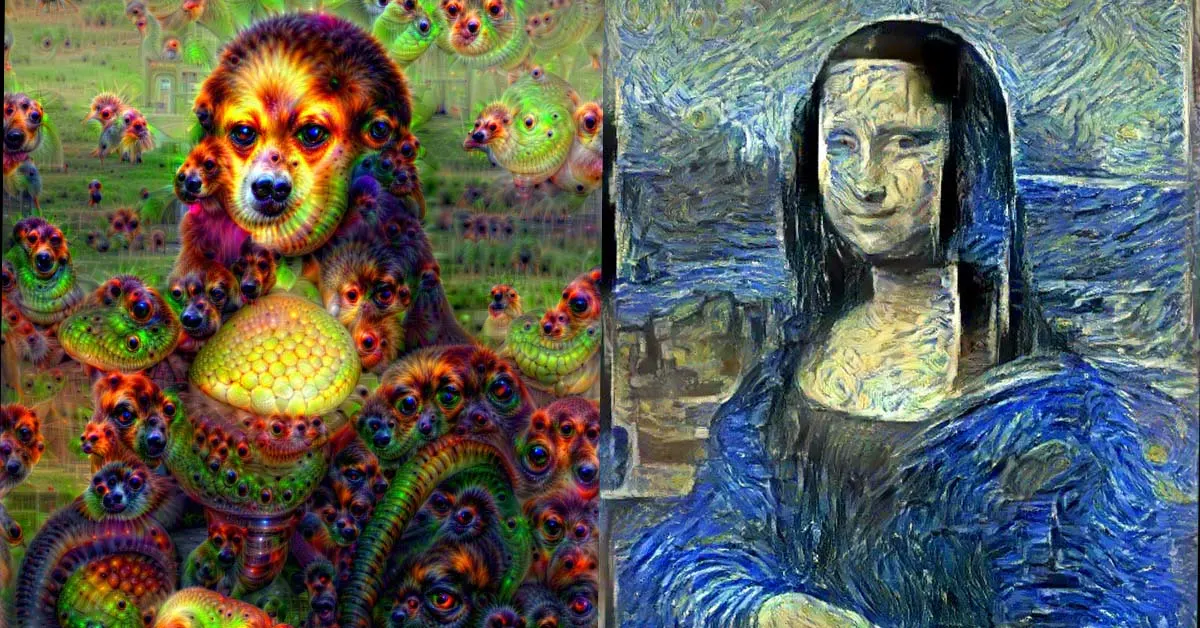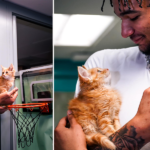The advent of Artificial Intelligence (AI) in creative fields has initiated a significant transformation in how art is generated, interpreted, and valued. AI art creative models, often referred to as generative adversarial networks (GANs) or neural networks, are at the forefront of this innovation. This article explores the depth of ‘intelligence’ these AI models possess, discussing their abilities, limitations, and the nuances that come with the integration of AI in the creative art sector.
The Concept of Intelligence in AI Art Models
Defining intelligence in the context of AI art models involves understanding their ability to create works that are not only aesthetically pleasing but also original and evocative. Intelligence, in this sense, is not just about mimicking human artists, but also about how these models can enhance, innovate, and expand the boundaries of traditional art forms. The core functionality of these AI systems stems from their programming and the data they are trained on, which influences their output significantly.
AI art models often utilize complex algorithms that analyze thousands of art pieces to develop their understanding of artistic elements such as color, form, and composition. However, the question remains: can these models truly understand art? Or are they merely processing data and identifying patterns that have been encoded in their algorithms by human programmers? This intricacy in their operation highlights a blend of mimicry and mechanical processing, challenging the traditional notions of creativity.
Moreover, the evolution of AI art has raised debates on whether these models can possess emotional intelligence—something inherently tied to human artists. Emotional intelligence in art is about conveying and evoking feelings through visual expressions, a quality that AI has begun to emulate with varying degrees of success. The progression in this area continues to blur the lines between human-made and machine-generated art, pushing the boundaries of what is considered intelligent in the realm of artistic creation.
Capabilities of AI in Artistic Creation
The capabilities of AI in artistic creation have grown exponentially with advancements in technology. These models can now generate intricate artworks that rival those created by humans in complexity and detail. This capability is primarily attributed to their extensive training datasets and the sophistication of their neural networks. By processing vast amounts of information, AI models can develop a diverse range of artistic styles and techniques.
For instance, AI art models like DeepArt and DALL-E have demonstrated their ability to create compelling images based on textual descriptions alone. This not only showcases their processing power but also their adaptability to different artistic demands and styles. The outcome is often unpredictable and novel, presenting a form of creativity that is uniquely driven by AI’s interpretative algorithms.
Furthermore, these AI models are capable of collaborating with human artists, offering tools that augment the creative process rather than replace it. This collaboration can be seen as a hybrid form of art, where human emotions and AI’s computational abilities are fused to create multidimensional artworks. Such capabilities highlight the supportive role AI can play in the artistic domain, enhancing creativity rather than competing with it.
Limitations and Ethical Considerations
Despite their advanced capabilities, AI art models face significant limitations. One major concern is their dependency on existing data. Since these models learn from vast datasets of historical and contemporary art, they inherently carry the biases present in this data. Therefore, the diversity and originality of AI-generated art can be constrained, mirroring past trends and potentially stifling true innovation.
Another limitation is the lack of emotional depth in AI-generated art. While these models can emulate styles and themes, capturing the subtle emotional nuances that human artists imbue in their work is still a challenge. This often results in artworks that, while technically competent, may lack the emotional resonance typically associated with human-created art.
The ethical implications of AI in art also warrant scrutiny. Issues such as copyright infringement, authenticity, and the devaluation of human artists’ work are contentious. The role of AI in potentially displacing human artists or altering the perception of art as an inherently human endeavor poses significant ethical questions that society must address.
Future Prospects and Technological Advancements
The future of AI in art is poised for further growth with ongoing technological advancements. Improvements in AI algorithms and an increase in computational power are expected to enhance the sophistication of AI art models. This evolution will likely lead to more refined and emotionally engaging artworks, narrowing the gap between human and machine-generated art.
Emerging technologies such as quantum computing could revolutionize AI’s processing capabilities, enabling these models to analyze and synthesize information at unprecedented speeds. This might allow AI to explore new creative realms, potentially creating art forms that are currently unimaginable.
Additionally, the integration of AI in educational tools and platforms could democratize art creation, making it more accessible to individuals without formal training. This could lead to a broader cultural shift in how art is produced and consumed, with AI acting as both a tool and a catalyst in this transformative process.
In conclusion, while AI art models demonstrate a form of ‘intelligence,’ it is distinct from human creativity. These models offer impressive capabilities in terms of style emulation and technical execution but still face challenges in achieving true creative autonomy and emotional depth. As technology progresses, the potential for more sophisticated and emotionally resonant AI-generated art grows, presenting exciting opportunities and challenges in the realm of creative expression.
Ultimately, the journey of AI in art is as much about the technology itself as it is about the ongoing dialogue between humans and machines. This evolving partnership, characterized by both collaboration and competition, will continue to redefine the landscape of artistic creation and our understanding of creativity in the digital age.
The intelligence of AI art models is a testament to human ingenuity and an invitation to explore new creative possibilities. As we advance, it is crucial to navigate these developments with a thoughtful approach towards ethics, authenticity, and the role of human creativity in an increasingly automated world.









